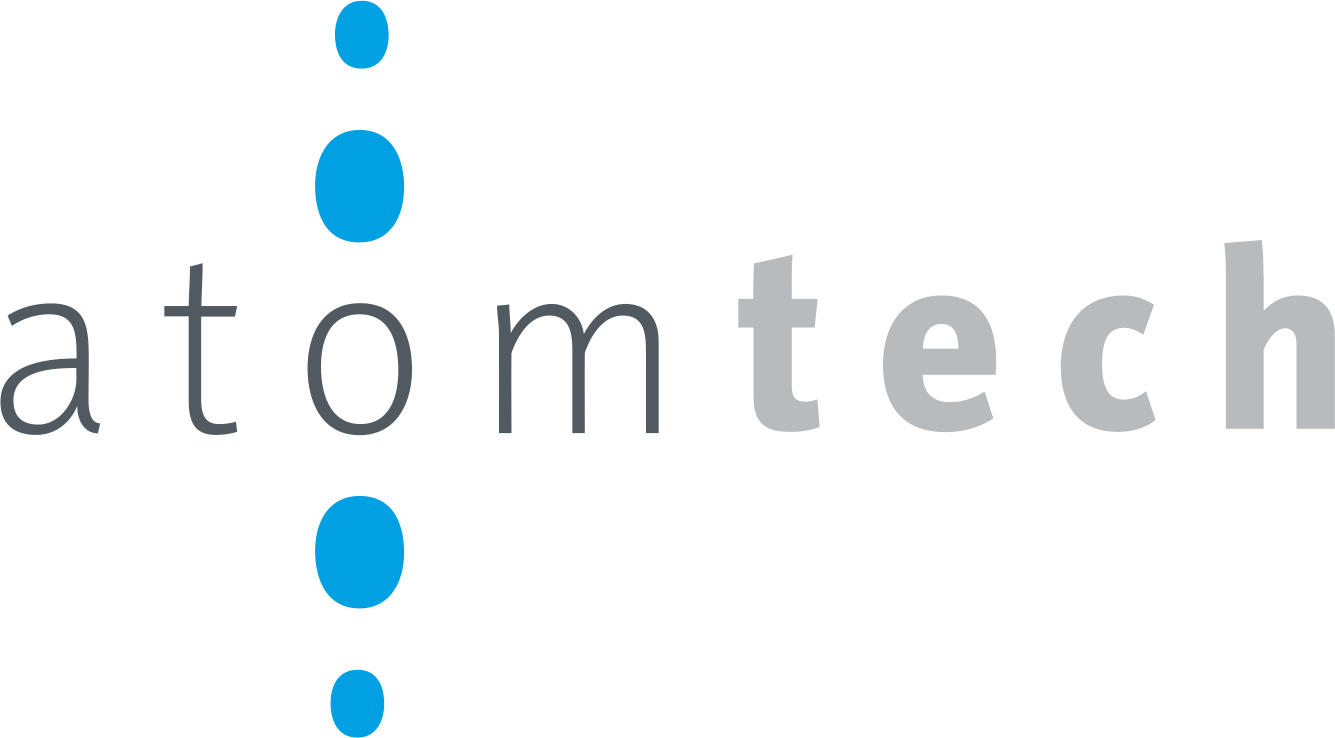Lenght – 32 hours
Level – Intermediate
Overview
This course teaches database administrators to perform basic database administrative tasks using DB2 11.1. These tasks include creating database objects like tables, indexes and views, and loading data into the database with Db2 utilities like LOAD and INGEST. Various diagnostic methods will be presented, including using db2pd command options, and monitoring with SQL statements that reference Db2 monitor functions. Students will learn how to implement automatic archival for database logs and how to recover a database to a specific point in time using the archived logs. The course covers using EXPLAIN tools to review the access plans for SQL statements and adding indexes to improve SQL performance. We will cover the locking performed by Db2 and the effect the application isolation level has on locking and lock wait conditions. Students will learn how to implement database security, including adding a security administrator, SECADM user, and implement database roles to simplify security management. We will also describe implementing Db2 native encryption for a database.
Prerequisites
Perform basic database administration tasks on a relational database system.
Use basic OS functions such as utilities, file permissions, hierarchical file system, commands, and editor.
State the functions of the Structured Query Language (SQL) and be able to construct DDL, DML, and authorization statements.
Discuss basic relational database concepts and objects such as tables, indexes, views, and joins.
These skills can be developed by taking:
DB2 SQL Workshop.
DB2 Fundamentals.
Audience
This is an intermediate level course for students that will perform Database Administration tasks, who plan, implement, and maintain D22 11.1 databases.
Course Outline
Overview of DB2 11.1.
DB2 Command Line Processor (CLP) and GUI tools.
The DB2 database manager instance.
Creating Databases and Data Placement.
Creating Database Objects.
Moving Data.
Backup and Recovery.
Database Maintenance, Monitoring and Problem Determination.
Locking and concurrency.
Security.
